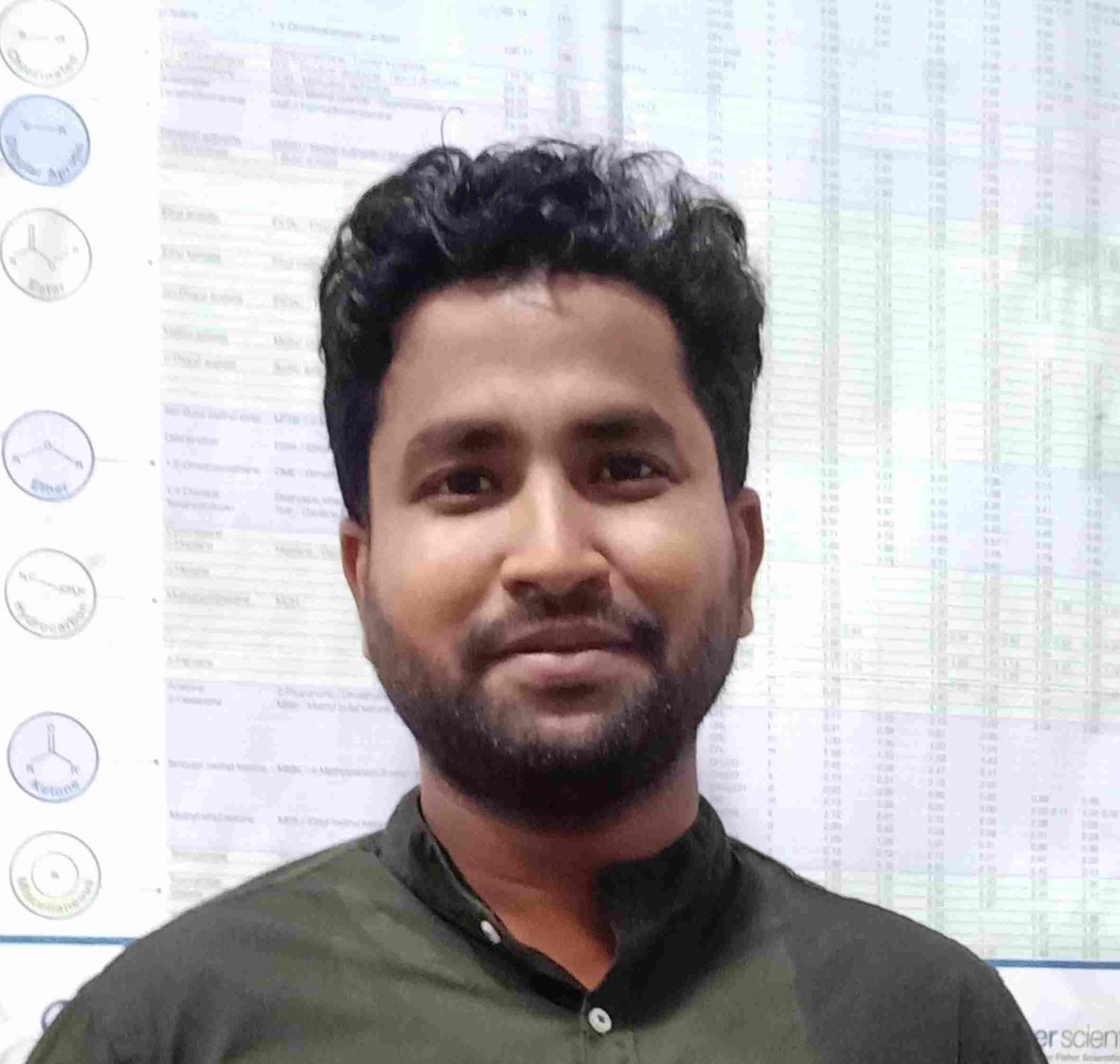About author
Dr. Shubhra Kanti Bhaumik pursued his B.Sc. and M.Sc. degrees in Chemistry from Vidyasagar University, Medinipur, West Bengal. To explore his utmost interest in supramolecular chemistry, he joined the Department of Chemical Sciences (DCS) at the Indian Institute of Science Education and Research Kolkata (IISER-K) headed by Dr. Supratim Banerjee as a junior research fellow (JRF) with INSPIRE fellowship. During his doctoral studies, he received training as a supramolecular and physical-organic chemist. His research work mainly focuses on luminescent self-assembled systems and their various potential applications in aqueous media based on amphiphilic cyanostilbene derivatives and phenylpyridine derivatives. At present, he is a postdoctoral fellow at Ben-Gurion University of the Negev, Israel in Prof. Raz Jelinek’s group. He is currently working in the fabrication of solar-powered organic supercapacitors and in the design of fluorescent markers for amyloids. During his leisure time, he loves to sing songs and recite poems.


